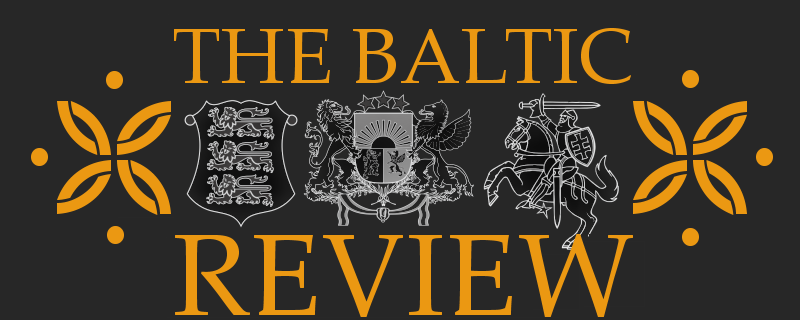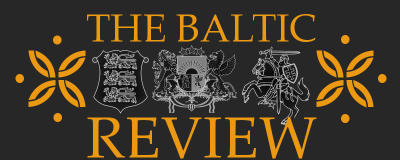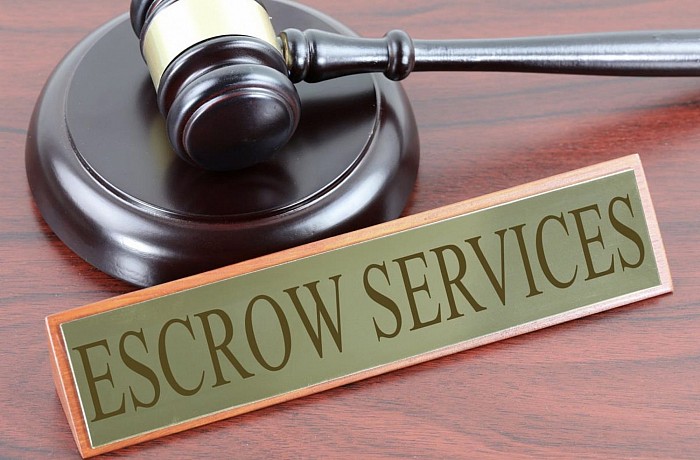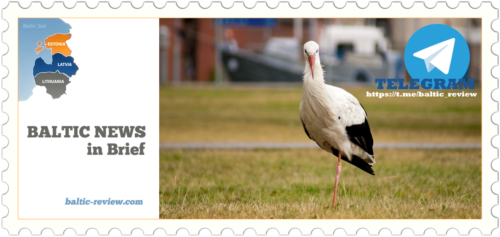The year 2025 promises to usher in a new era for escrow services, characterized by technological innovation, increased accessibility, and enhanced security measures. From the integration of advanced artificial intelligence to the widespread adoption of decentralized finance (DeFi) principles, the escrow industry is poised for significant changes that will redefine how we conduct secure transactions on a global scale. In this comprehensive analysis, we’ll explore the key trends that are expected to shape the future of escrow services in 2025 and beyond.
1. Decentralized Autonomous Organizations (DAOs) in Escrow
One of the most revolutionary trends expected to gain traction by 2025 is the integration of Decentralized Autonomous Organizations (DAOs) into escrow services. DAOs represent a new paradigm in organizational structure, leveraging blockchain technology to create self-governing entities that operate based on smart contracts and community consensus.
In the context of escrow services, DAOs could offer several groundbreaking benefits:
– Community-driven governance: Escrow terms and conditions could be determined by a network of stakeholders, ensuring fairness and transparency.
– Automated dispute resolution: Smart contracts within the DAO structure could automatically mediate conflicts based on predefined rules and real-time voting mechanisms.
– Decentralized risk assessment: The collective intelligence of the DAO community could be harnessed to evaluate the credibility of parties involved in transactions.
– Token-based incentives: Participants in the escrow DAO could be rewarded with governance tokens for their contributions to the ecosystem.
The implementation of DAOs in escrow services would represent a significant shift towards truly decentralized and community-driven financial intermediation. This model could potentially reduce the need for traditional third-party arbitrators and create a more democratic approach to escrow management.
2. Quantum-Resistant Cryptography
As quantum computing continues to advance, the security of current cryptographic methods used in escrow services may be at risk. By 2025, we can expect to see a growing emphasis on quantum-resistant cryptography to protect escrow transactions from potential threats posed by quantum computers.
Key developments in quantum-resistant escrow security may include:
– Post-quantum cryptographic algorithms: Implementation of new encryption methods that can withstand attacks from quantum computers.
– Quantum key distribution (QKD): Utilization of quantum mechanics principles to secure communication channels used in escrow transactions.
– Hybrid cryptographic systems: Combination of traditional and quantum-resistant algorithms to provide multi-layered security.
– Quantum random number generators: Enhancement of encryption key generation processes using quantum entropy sources.
The adoption of quantum-resistant cryptography will be crucial for maintaining the integrity and confidentiality of escrow services in an era where quantum computing threatens to break many current encryption standards.
3. Augmented Reality (AR) Escrow Interfaces
As augmented reality technology becomes more sophisticated and widely available, escrow service providers are likely to incorporate AR interfaces to enhance user experience and streamline complex transactions. By 2025, we may see the emergence of AR-powered escrow platforms that offer immersive and intuitive ways to manage escrow agreements.
Potential applications of AR in escrow services include:
– Virtual contract visualization: Users could interact with 3D representations of escrow agreements, making it easier to understand complex terms and conditions.
– Real-time asset inspection: AR could enable remote examination of physical assets involved in escrow deals, such as real estate or valuable goods.
– Interactive risk assessment: Users could visualize potential risks and outcomes associated with different escrow scenarios through AR simulations.
– Gesture-based controls: AR interfaces could allow for more natural and intuitive ways to navigate escrow platforms and authorize transactions.
The integration of AR technology in escrow services would not only make the process more engaging but also help reduce misunderstandings and errors by providing clearer, more visual representations of escrow agreements.
4. Biometric Multi-Factor Authentication
Security remains a paramount concern in escrow services, and by 2025, we can expect to see widespread adoption of advanced biometric multi-factor authentication methods. These systems will go beyond traditional fingerprint or facial recognition to include more sophisticated and harder-to-spoof biometric markers.
Emerging biometric authentication technologies for escrow services may include:
– Behavioral biometrics: Analysis of unique patterns in user behavior, such as typing rhythm or mouse movement, to verify identity.
– Vein pattern recognition: Scanning of vein patterns in hands or eyes for highly accurate identification.
– Voice print analysis: Advanced voice recognition systems that can detect nuances in speech patterns and intonation.
– DNA-based authentication: Integration of rapid DNA analysis for ultra-secure verification in high-value transactions.
– Multi-modal biometric systems: Combination of multiple biometric factors to create a more robust and reliable authentication process.
These advanced biometric systems will significantly enhance the security of escrow services, making it extremely difficult for unauthorized parties to access or manipulate transactions.
5. AI-Driven Predictive Escrow
Artificial Intelligence (AI) is set to play an increasingly important role in escrow services by 2025, with a particular focus on predictive analytics. AI-driven predictive escrow systems will use machine learning algorithms to analyze vast amounts of historical data and real-time information to forecast potential issues and optimize transaction processes.
Key features of AI-driven predictive escrow may include:
– Risk prediction: AI algorithms could assess the likelihood of transaction success or failure based on various factors, allowing for proactive risk management.
– Optimal timing suggestions: AI could recommend the best times to initiate or complete transactions based on market conditions and historical patterns.
– Fraud detection: Advanced AI systems could identify subtle patterns indicative of fraudulent behavior, even in complex, multi-party transactions.
– Personalized escrow recommendations: AI could suggest tailored escrow terms and conditions based on the specific needs and risk profiles of the parties involved.
– Dynamic fee adjustment: AI-powered systems could automatically adjust escrow fees based on real-time risk assessments and market conditions.
The implementation of AI-driven predictive capabilities will enable escrow service providers to offer more proactive, efficient, and personalized solutions to their clients.
6. Integration with Central Bank Digital Currencies (CBDCs)
As central banks around the world explore and implement their own digital currencies, escrow services will need to adapt to incorporate these new forms of money. By 2025, we can expect to see increased integration between escrow platforms and Central Bank Digital Currencies (CBDCs), offering new possibilities for secure and efficient transactions.
The integration of CBDCs into escrow services could lead to:
– Instant settlement: CBDC transactions could enable real-time settlement of escrow agreements, reducing processing times and counterparty risks.
– Enhanced cross-border transactions: CBDCs could simplify international escrow services by eliminating the need for currency conversion and reducing associated fees.
– Programmable money: Smart contract capabilities built into CBDCs could automate certain aspects of escrow agreements, such as conditional releases of funds.
– Improved regulatory compliance: Direct integration with central bank systems could streamline regulatory reporting and ensure adherence to monetary policies.
– Increased financial inclusion: CBDC-enabled escrow services could make secure transactions more accessible to unbanked or underbanked populations.
The adoption of CBDCs in escrow services will represent a significant shift towards more efficient, transparent, and globally integrated financial intermediation.
7. Escrow for Digital Identity Management
As digital identities become increasingly important in our online lives, escrow services are likely to expand into the realm of identity management. By 2025, we may see the emergence of specialized escrow services designed to securely manage and verify digital identities across various platforms and transactions.
Potential applications of escrow in digital identity management include:
– Secure identity verification: Escrow services could act as trusted intermediaries for verifying and authenticating digital identities in high-stakes online transactions.
– Controlled information release: Users could place certain aspects of their digital identity in escrow, to be released only when specific conditions are met.
– Identity recovery services: Escrow providers could offer secure backup and recovery options for digital identities, protecting users from loss or theft.
– Reputation management: Escrow services could facilitate the secure transfer or verification of online reputations and credentials across platforms.
– Age-gated content access: Escrow systems could manage age verification for accessing restricted content or services without revealing unnecessary personal information.
The extension of escrow principles to digital identity management will provide users with greater control over their online personas and enhance trust in digital interactions.
8. Environmental Impact-Aware Escrow
As environmental concerns continue to grow, escrow services in 2025 are likely to incorporate features that consider and mitigate the ecological impact of transactions. This trend reflects the increasing importance of sustainability in all aspects of business and finance.
Environmental impact-aware escrow services may include:
– Carbon footprint tracking: Escrow platforms could calculate and display the carbon footprint associated with each transaction, including energy consumption of blockchain operations.
– Eco-friendly transaction routing: AI-powered systems could optimize transaction processes to minimize energy consumption and environmental impact.
– Green escrow options: Services could offer eco-friendly alternatives, such as using renewable energy-powered blockchain networks for transaction processing.
– Environmental impact offsetting: Escrow providers could integrate carbon offset purchases directly into their services, allowing users to neutralize the environmental impact of their transactions.
– Sustainability-linked escrow terms: Escrow agreements could include conditions related to environmental performance or sustainability goals.
By incorporating environmental considerations into their services, escrow providers can appeal to eco-conscious consumers and businesses while contributing to global sustainability efforts.
Conclusion
As we look ahead to 2025, the escrow services landscape is set to undergo significant transformations driven by technological advancements, changing consumer expectations, and evolving global challenges. From the integration of quantum-resistant cryptography and augmented reality interfaces to the emergence of environmentally conscious escrow practices, the industry is poised for a period of rapid innovation and adaptation.
These emerging trends will not only enhance the security and efficiency of escrow services but also expand their scope and accessibility. As traditional financial boundaries continue to blur and digital transactions become increasingly complex, the role of escrow services in facilitating trust and security will become more crucial than ever.
For businesses and individuals alike, staying informed about these trends will be essential for navigating the changing landscape of secure transactions. Those who embrace these innovations and adapt their practices accordingly will be well-positioned to thrive in the new era of digital commerce and financial intermediation.
As we move towards 2025 and beyond, the future of escrow services promises to be dynamic, interconnected, and increasingly tailored to the unique needs of a diverse global user base. By leveraging cutting-edge technologies and responding to emerging challenges, the escrow industry will continue to play a vital role in building trust and enabling secure transactions in an ever-evolving digital world.

























Comments